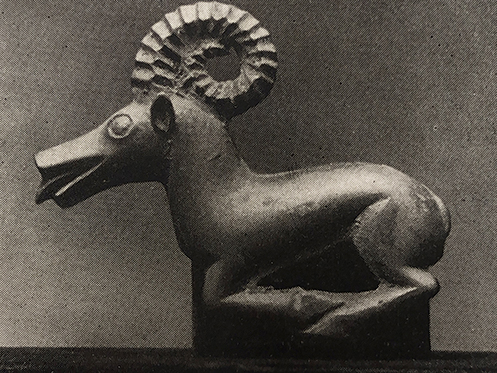Zeitlos und weltumspannend?
„Weltkunst“ in Museen moderner Kunst, 1922–1956
Identifier (Artikel)
Abstract
The article examines a rhetoric employed by some modern art collections from the beginning of the twentieth century until the late 1950s that drastically expanded the concept of modernism in time and space. Enabled by imperial and colonial access to a multitude of artifacts, contemporary Western works were arranged with works from other epochs and continents in long genealogies, often spanning several thousand years, insisting on a shared “kinship” or “timelessness”. The focus lies on two historical moments when such comparative displays were attempted: the German Weimar Republic with the newly opened Museum Folkwang in Essen (1922–1933), and the early post-war United States, with the anniversary exhibition Timeless Aspects of Modern Art (1948) at the Museum of Modern Art, New York, and the traveling show 4000 Years of Modern Art (1953/56) at the Walters Art Gallery and the Baltimore Museum of Art. To what extent do these projects echo the premises of a supposedly universal “world art”, as developed from 1900 onwards by an increasingly anthropologically oriented art history and in popular albums?
Statistiken




